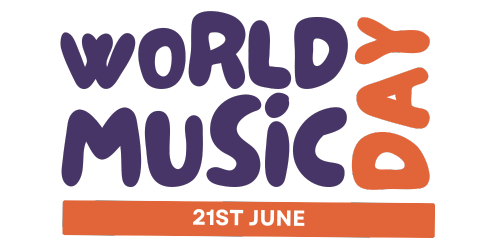Encouraging creativity and expression through music is a vital aspect of education, particularly in primary/elementary settings. It allows students to explore their emotions, develop critical thinking skills, and express themselves in unique and personal ways. Here’s how teachers can foster an environment that nurtures musical creativity and expression among their students.
Create an Encouraging Environment
1. Safe Space for Exploration: Establish a classroom atmosphere where students feel safe and supported to express their ideas and emotions through music. Encourage risk-taking and assure students that there’s no “wrong” way to be creative.
2. Positive Feedback: Provide positive and constructive feedback on students’ musical creations and performances. Highlight their efforts and creativity to build confidence and motivate further exploration.
Encourage Experimentation
3. Provide Access to Various Instruments: Offer students a variety of instruments to explore, including percussion, string, and wind instruments. Include non-traditional or homemade instruments to spark curiosity and innovation.
4. Experiment with Sounds and Textures: Encourage students to experiment with different sounds, rhythms, and textures. Activities like creating soundscapes for stories or poems can help students think creatively about how music can represent different emotions or settings.
Integrate Technology
5. Use Music Technology: Introduce students to basic music composition software or apps that allow them to experiment with creating their own music. Tools like GarageBand, Incredibox, or online sequencers can make music composition accessible and fun.
6. Explore Digital Instruments: Utilize digital instruments and apps that simulate real instruments, allowing students to experiment with instruments they might not otherwise have access to.
Promote Collaborative Creativity
7. Group Composition Projects: Organize group composition projects where students can collaborate to create original pieces of music. This encourages teamwork, communication, and the sharing of creative ideas.
8. Improvisation Sessions: Dedicate time for improvisation, where students can freely express themselves without worrying about playing specific notes or rhythms. This can be done individually or in groups, with or without accompaniment.
Support Personal Expression
9. Encourage Lyric Writing: For students interested in singing or rap, encourage lyric writing as a form of personal expression. Provide prompts or themes to inspire them, or let them choose their own topics.
10. Individual Projects: Offer opportunities for students to work on individual music projects that reflect their personal interests and experiences. This could involve composing a piece, learning a new instrument, or researching and presenting on a musical genre.
Reflect and Share
11. Reflection and Discussion: After creative activities, encourage students to reflect on their process and share their experiences with the class. This helps students articulate their creative choices and learn from each other.
12. Performance and Presentation Opportunities: Provide opportunities for students to perform or present their creative projects. This could be in a formal concert setting, a classroom presentation, or a digital sharing platform for the school community.
Conclusion
Fostering musical creativity and expression in the primary/elementary classroom involves creating a supportive environment, encouraging experimentation, integrating technology, promoting collaboration, and supporting personal expression. By valuing and nurturing students’ creative endeavors, teachers can help develop not only their musical skills but also their confidence, emotional intelligence, and ability to think critically and creatively.
